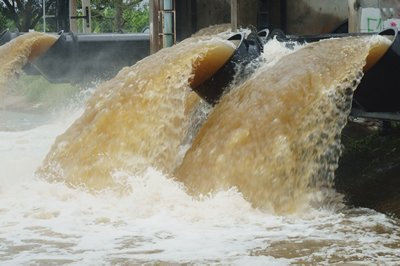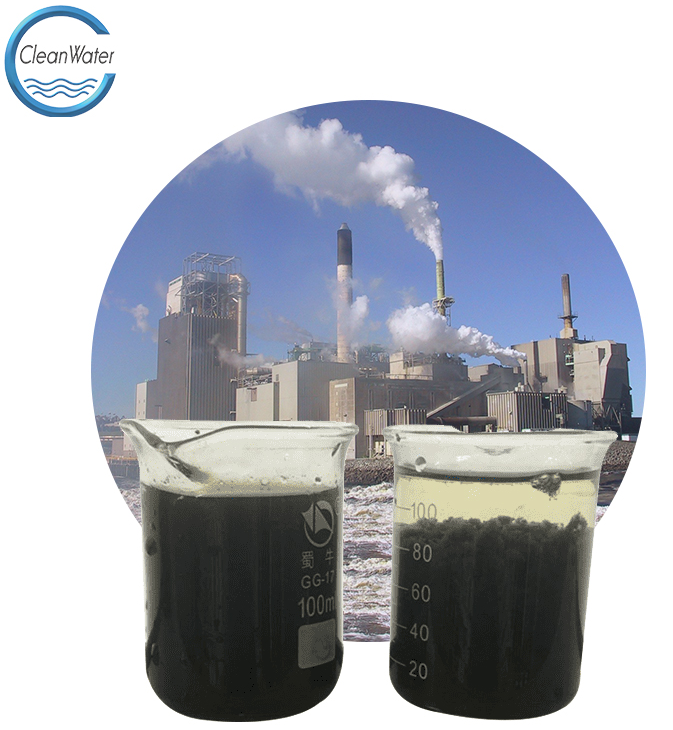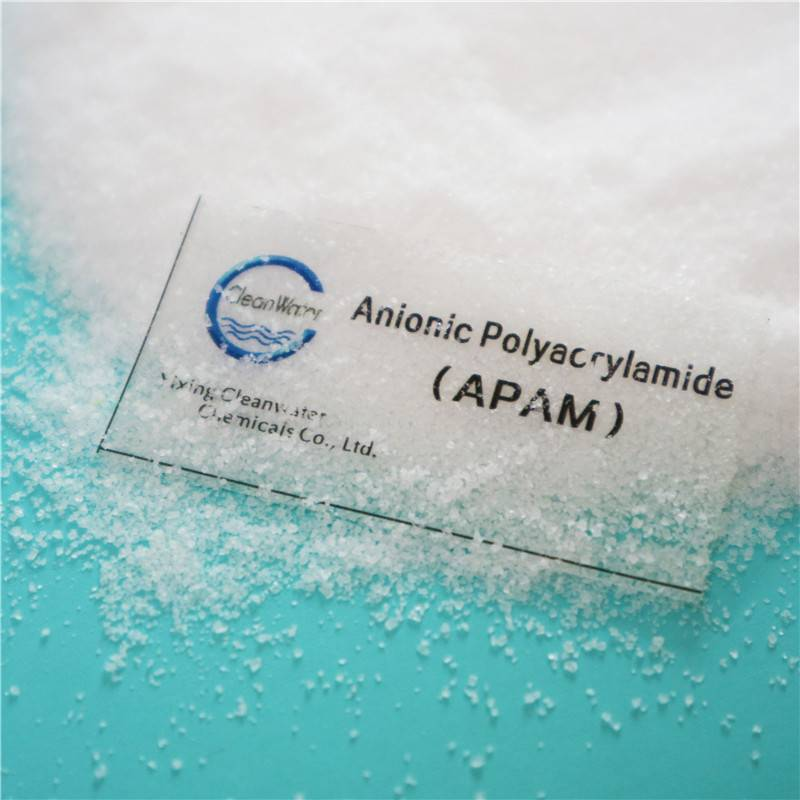In the modern environment, the sewage problems caused by industrial development have basically been properly treated at home and abroad. Speaking of this, we have to mention the status of decolorizing flocculants in water treatment. Basically, the sewage generated by many industries needs to use decolorizing flocculants. Yixing Cleanwater will introduce you to relevant knowledge and applications in different fields.

Various polymer decolorizing flocculants are widely used in the field of industrial water and sewage treatment abroad, among which polyacrylamide (PAM) is the main type of decolorizing flocculant. Compared with traditional inorganic salt flocculants, PAM, as a new type of water treatment agent, has many advantages: simple and easy to use, flocculation effect is dozens of times higher than traditional inorganic salt decolorizing flocculants; fast flocculation and sedimentation speed, high sludge dewatering efficiency; special treatment effect on certain sewage; simple equipment required, small footprint; low treatment cost; sewage can be recycled and reused, etc.
Application of PAM decolorizing flocculant in different application fields:
1. Application in papermaking industry
Using high molecular weight PAM as a decolorizing flocculant can increase the precipitation rate of pigments and other substances in white water and reduce their loss. Adding 0.25~0.5% PAM to pulp can increase the sedimentation rate of pulp by 40~80 times, reduce the solid content in white water by about 66%, increase the ash content of paper, increase the retention rate of pigments such as white clay by 8~18%, and save 20kg of pulp per ton of paper. Moreover, after using PAM, the turbidity of white water is greatly reduced, reducing environmental pollution. For example, the suspended solids of milky white pulp wastewater with pH=6.8 are 3000ppm. After being treated with PAM with a hydrolysis degree of 5~10%, a molecular weight of 5.5~10 million, and 500ppm of aluminum sulfate, the white water can be turned into a colorless and transparent liquid, and the suspended solids are reduced to below 50ppm.


2. Application of decolorizing flocculants in water treatment
① Anti-scaling and descaling
In industrial water and sewage treatment, the raw water must first be clarified. PAM decolorizing flocculants and inorganic coagulants are often used in combination, which can greatly reduce the use of inorganic coagulants, avoid equipment blockage and corrosion due to excessive use of inorganic coagulants, and prevent the formation of scale. 37.5 parts of PAM with a molecular weight below 1 million and 50 parts of sodium tripolyphosphate are used to form a scale inhibitor, which can basically prevent the scale of severely scaled heat exchangers.
② Treatment of industrial sewage
3. Application of decolorizing flocculants in wastewater treatment in the sugar industry
Sugarcane juice extracted from the press by sugar factories is usually turbid and its composition is also quite complex. In order to obtain clean sugarcane juice, chemical clarifiers need to be added. In the past, inorganic decolorizing flocculants were usually used, but with the development of the sugar industry, inorganic decolorizing flocculants can no longer meet production needs. In recent years, the application of PAM in the sugar industry can increase the sedimentation rate by 20 times.
In summary, when we choose polyacrylamide PAM decolorization flocculant according to the actual situation, we should choose it according to different application scenarios and conditions. Therefore, the selection of polyacrylamide is also very important.

If you need our products, please feel free to contact us!
Post time: May-27-2025

